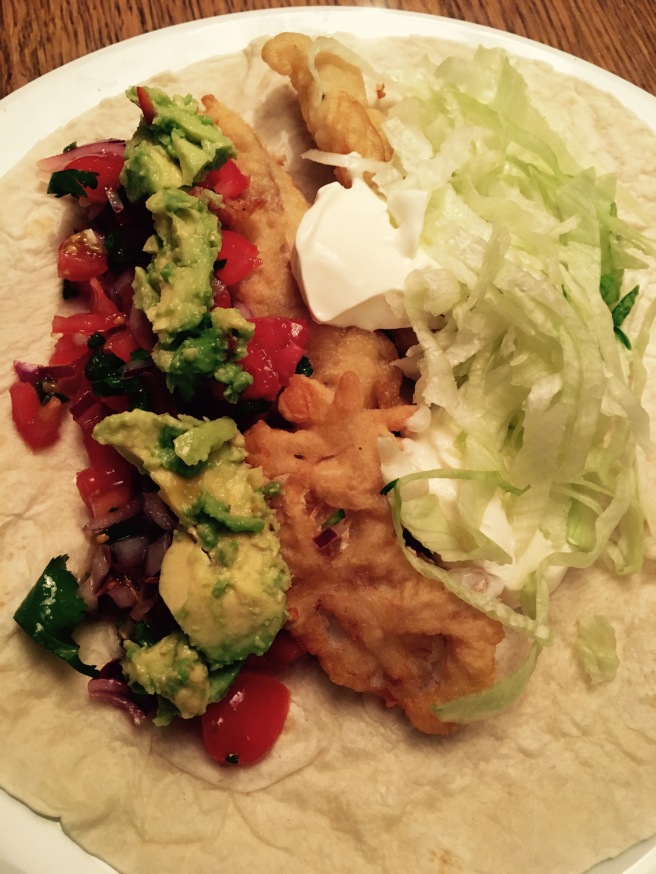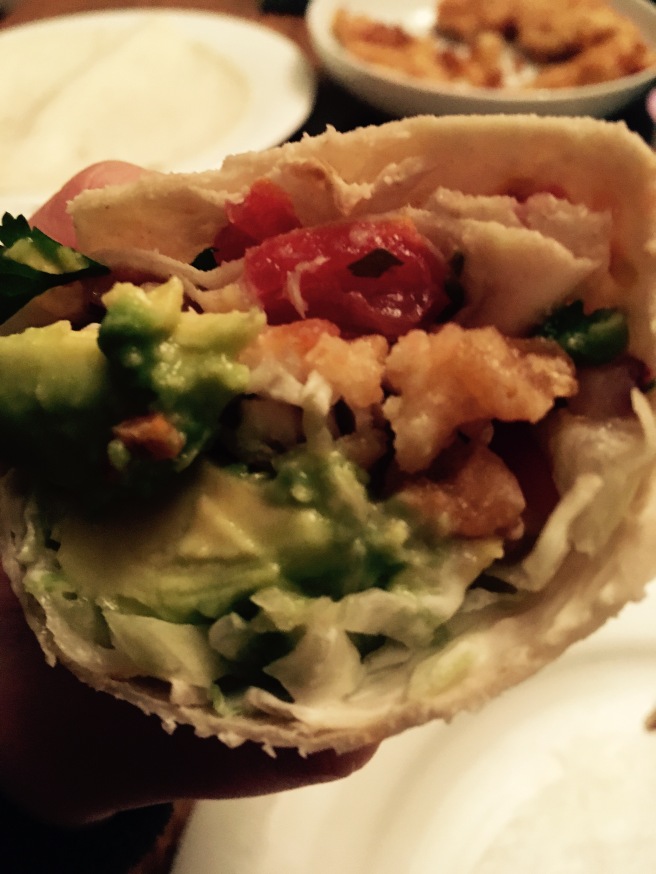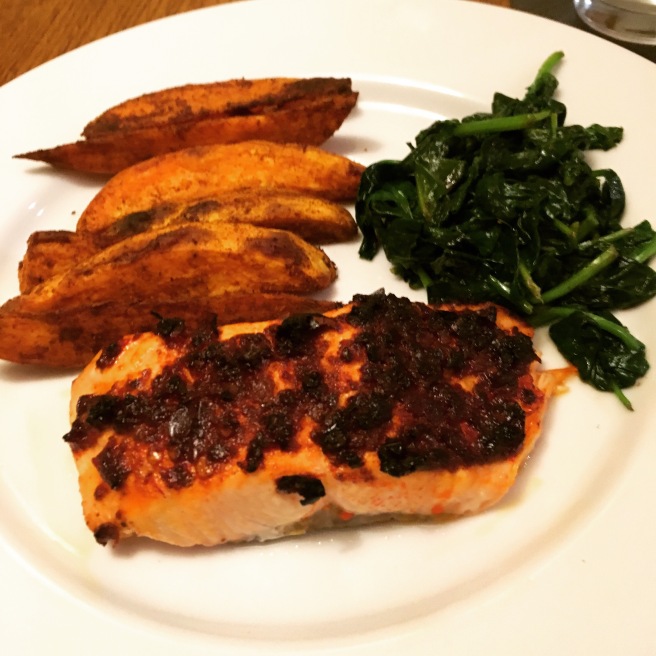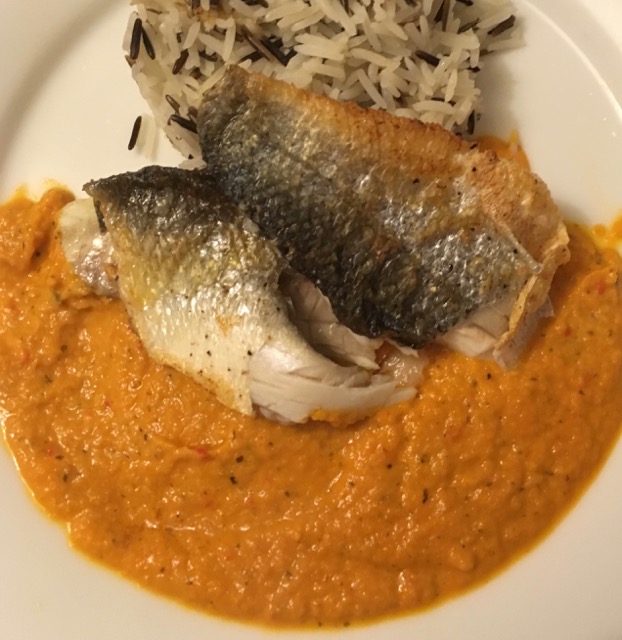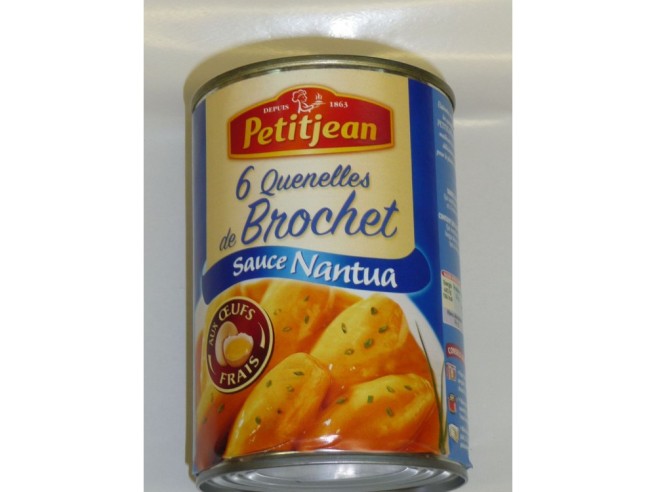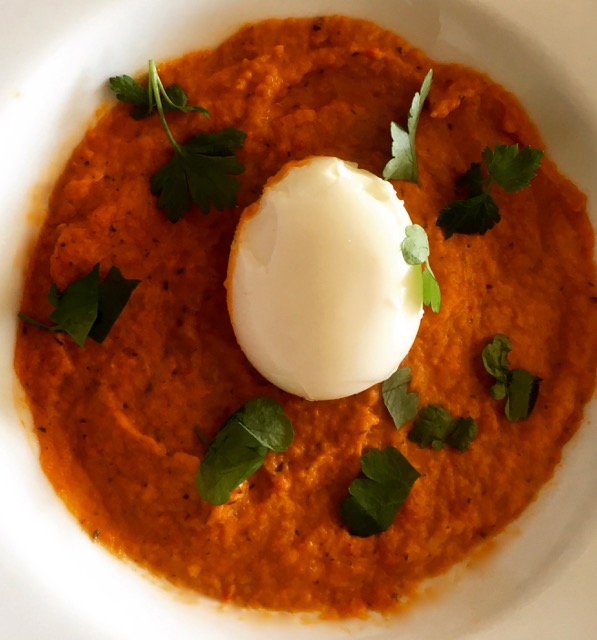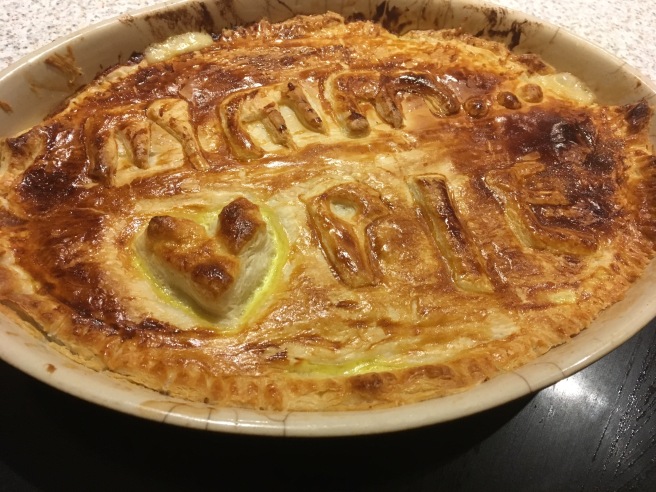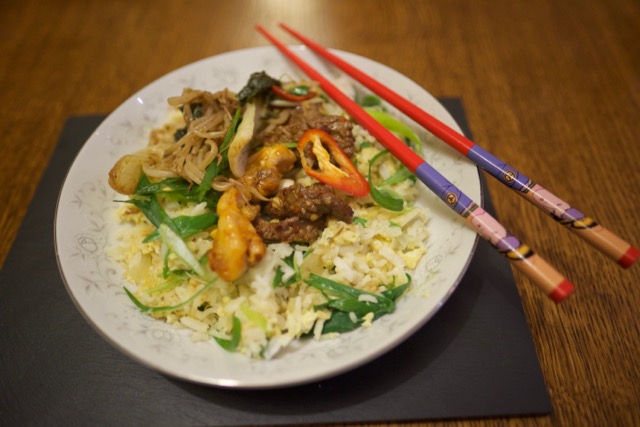
Happy Year of the Rooster! What better excuse to indulge in a feast of Chinese cuisine! The chicken and beef recipes below are from Fuchsia Dunlop’s Revolutionary Chinese Cookbook; her recipes are so lovely and easy to follow. The egg fried rice and pak choi dishes are my own recipes – the latter just using up stuff I had in the fridge.
There are a few unique ingredients below that are worth taking the trip to a specialty shop for – luckily, we have a huge Chinese supermarket in Bangor so I had no problem sourcing potato flour and Shaoxing rice wine. But if you don’t have access to such ingredients, cornflour works well in place of the potato flour, and you could use mirin or a dry sherry as a substitute for the Shaoxing wine.
The key to doing a buffet-style meal like this is to have all of your ingredients prepared in advance, as the cooking part happens quite quickly and everything is best served just-cooked. This is what my worktop looked like before I started the actual cooking!:
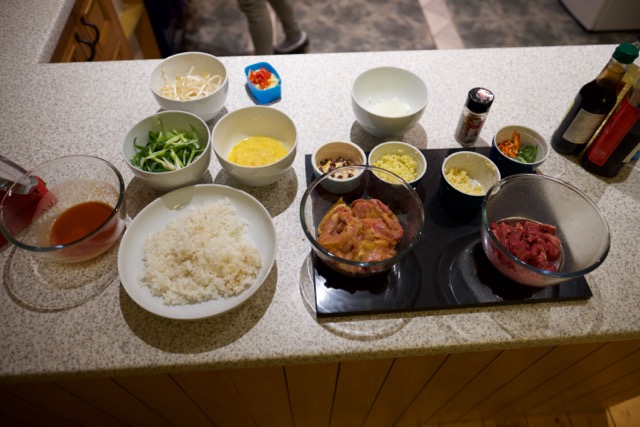
As such, I have not divided the ingredients by dish below – I thought it was easier than telling you to chop three scallions for one bit and two scallions for another element. But if anything is unclear, leave a comment below or send me a message and I can clarify!
Ingredients (serves 2)
120g basmati rice, cooked and left to cool
3 eggs
1 white onion, chopped into small dice
7 scallions, 6 chopped lengthways into fine shavings and 1 sliced on the diagonal
5 cloves garlic, very finely chopped
2 thumb-sized pieces of ginger, very finely chopped
2 red chillies, 1 de-seeded and very finely chopped; 1 sliced on the diagonal
3 baby pak choi, leaves picked
Handful of beansprouts
4 small boneless, skinless chicken thighs, cut into small chunks
1 sirloin steak, fat removed and sliced lengthways (against the grain) into thin strips
4 tsp sesame oil
300ml peanut oil (sometimes called groundnut oil)
3½ tbsp potato flour
1 tbsp rice vinegar
1 tbsp Chinese black vinegar
3 tsp dark soy sauce
5 tsp light soy sauce
2 tbsp Shaoxing rice wine
1 tbsp double-concentrate tomato puree
5 tbsp water
1 tsp salt
2 tsp cumin
1 tsp Chinese five spice
2 tsp dried chilli flakes
4 whole dried chillies, cut into thick slices with a scissors
Method
1. First, make your sauce for General Tso’s chicken. Mix the tomato puree, 4 tbsp water, 1 tbsp rice vinegar, ½ tsp potato flour, ½ tsp dark soy sauce and 1½ tsp light soy sauce and set aside.
2. Next, the marinade for your beef: mix 1 tbsp Shaoxing rice wine, 1 tsp each of the light and dark soy sauces, 1 tbsp water, ½ tsp salt and 1 tbsp potato flour in a small bowl. Mix in the beef slices and set aside.
3. Place the chicken chunks in a large bowl; add an egg yolk (keep the white!), ½ tsp dark soy sauce and 2 tsp light soy sauce and mix well. Add 2 tbsp potato flour and 2 tsp peanut oil, mix well and set aside.
4. Beat the remaining egg white with the other two eggs, a pinch of salt and a splash of sesame oil; set aside.
5. In a small bowl, mix half of your ginger and garlic, the finely chopped (de-seeded) red chilli, dried chill flakes and cumin and set aside.
6. It’s time to start cooking! Heat 2 tbsp peanut oil in a wok over a high heat, add the pak choi and beansprouts and stir fry for a minute or so. Add the Chinese black vinegar, 1 tbsp Shaoxing rice wine, 1 tsp dark soy sauce and the Chinese five spice and taste; add more of any of the above ingredients if you fancy. Remove to a warm plate, cover with tin foil and set aside. Wipe your wok clean.
7. Pour in all but 1 tbsp of your remaining peanut oil into the wok; it should come up to about 1-1½ inch depth in your wok pan, and heat over a high heat until it just starts to smoke. Add the marinated beef; it will start to come apart as it cooks. Use a chopstick or wooden spoon to make sure all of the pieces get cooked, then use a slotted spoon to remove to a plate with a piece of kitchen paper on it to soak up the oil.
8. Bring the oil back up to a high heat, then add the chicken, making sure all the pieces are submerged in the oil. Allow to cook for a few minutes, until they turn a golden brown colour (you may need to take one out to test it). Remove with a slotted spoon onto a plate with a piece of kitchen paper on it to soak up the oil.
9. Transfer three tablespoons of the oil to a small pan or pot (for the beef), and two tablespoons into another, slightly larger, pan (for the chicken). Carefully pour the rest of the oil into a bowl for disposing later when it cools down. Clean and dry the wok.
10. Heat your remaining 1 tbsp peanut oil in the clean wok over a high heat. Put the two pans you have transferred oil to for your beef and chicken over a medium heat.
11. Add the chopped white onion to your wok. Drop everything from the small bowl of ingredients you prepared at step 5 into your beef pan. Add the snipped dried whole chillies and remaining ginger and garlic to your chicken pan. Stir-fry all briefly, until the onion has become translucent, the ingredients in the chicken and beef pans have become fragrant.
12. Push the onions into the centre of the wok to form a thick line. Put the rice on one side of the onions and the beaten egg on the other. Leave for about 30 seconds (while you crack on with the next two steps).
13. Add the beef to your beef pan and stir well. Remove from the heat.
14. Add the sauce to the chicken pan, stirring as it thickens. Add the chicken, stir to make sure it is well-covered with the sauce, and remove from the heat.
15. Mix the egg, onion, and rice in the wok so that the egg and onion are evenly distributed amongst the rice. Add a handful of chopped scallions and mix again. Remove the wok from the heat.
16. Stir 1 tsp of sesame oil and half the remaining scallions into the beef; do the same with the chicken. Scatter the diagonally-sliced scallions and red chilli over the chicken to serve. I served the egg-fried rice in small bowls and the other three dishes along a long serving platter, allowing us to fight over the last piece of chicken just tuck in!
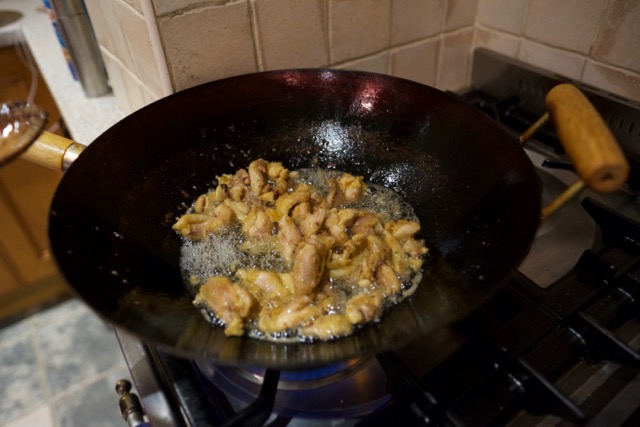
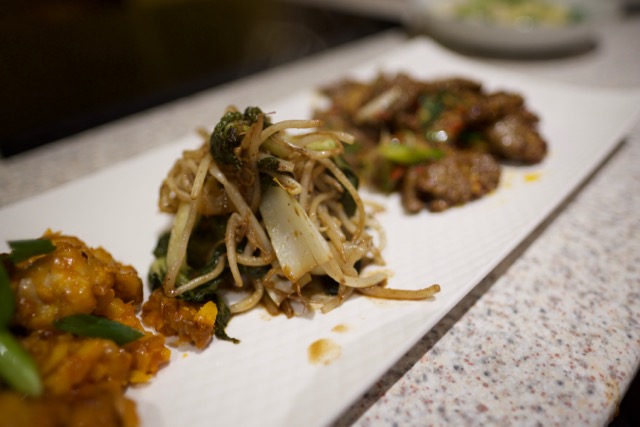
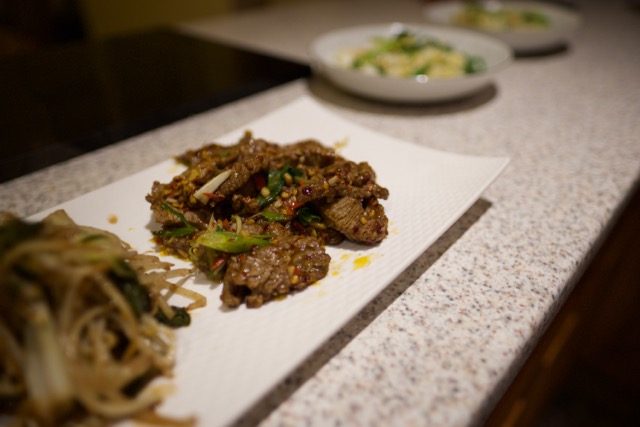
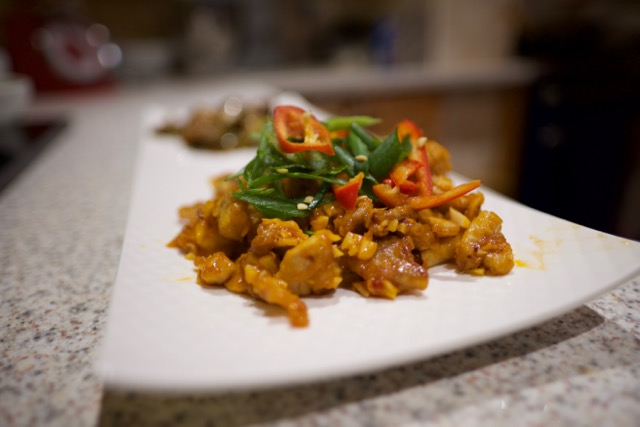
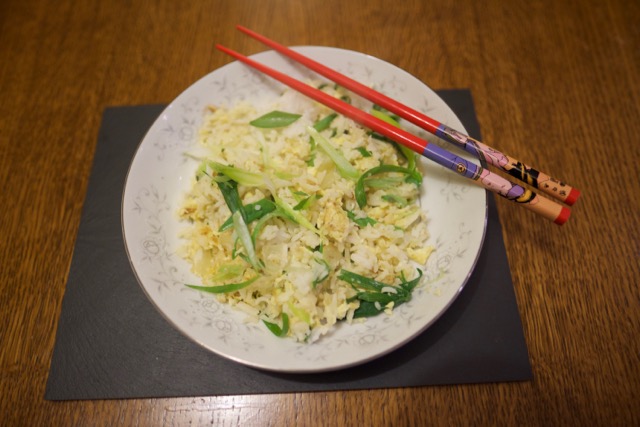
 This is a quick and pretty light supper – ideal last night, when we were both in the office until after 8pm! The recipe is influenced by Rick Stein’s Baja Fish Tacos, from Coast to Coast.
This is a quick and pretty light supper – ideal last night, when we were both in the office until after 8pm! The recipe is influenced by Rick Stein’s Baja Fish Tacos, from Coast to Coast. 